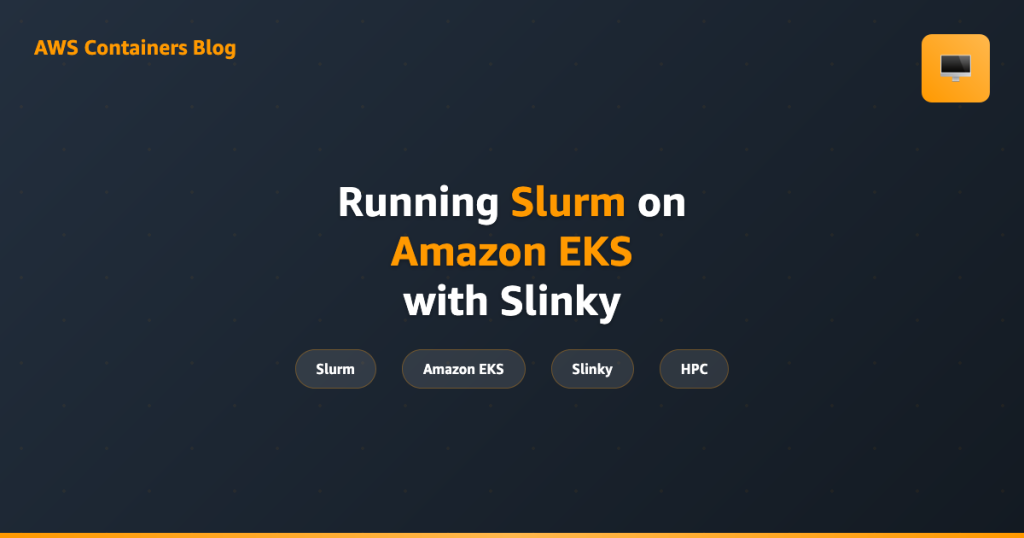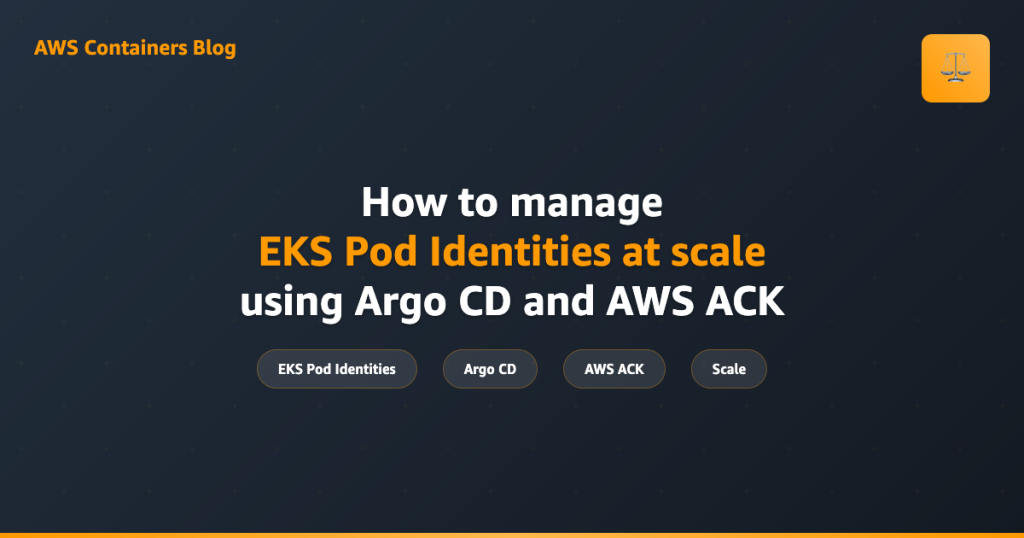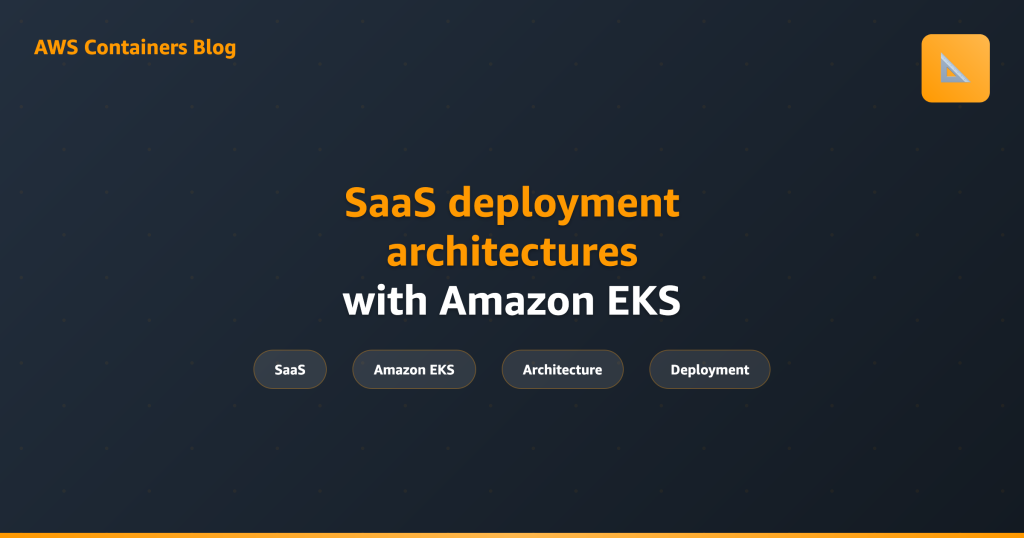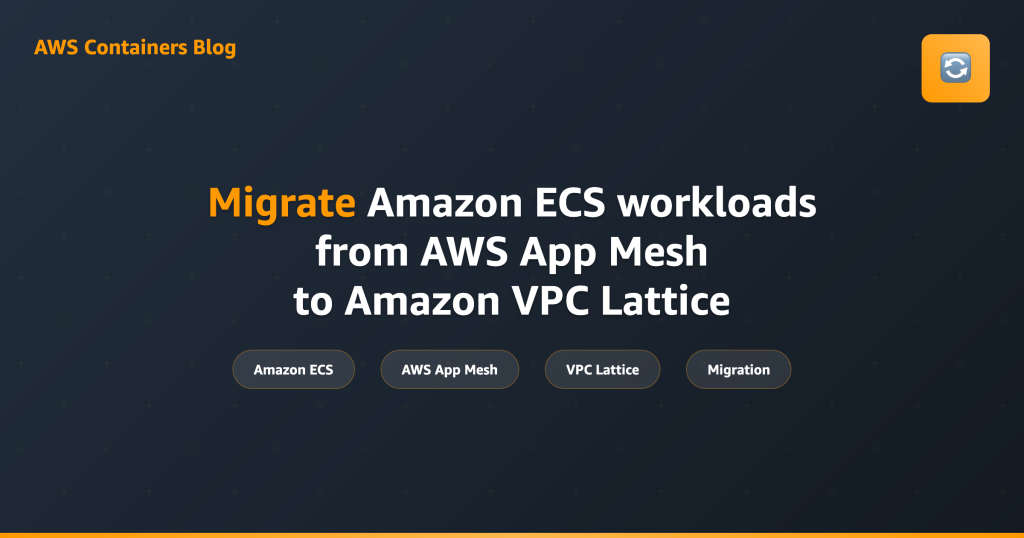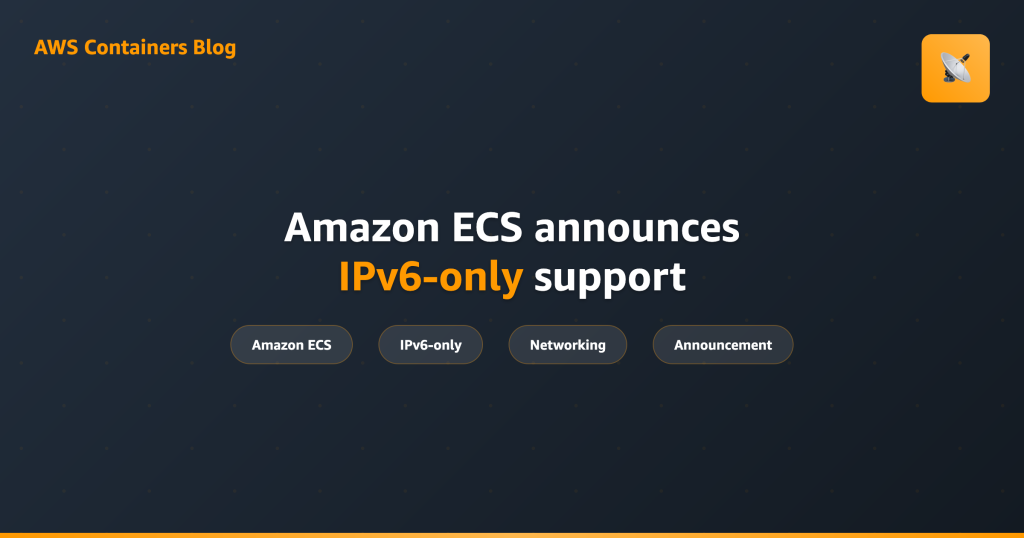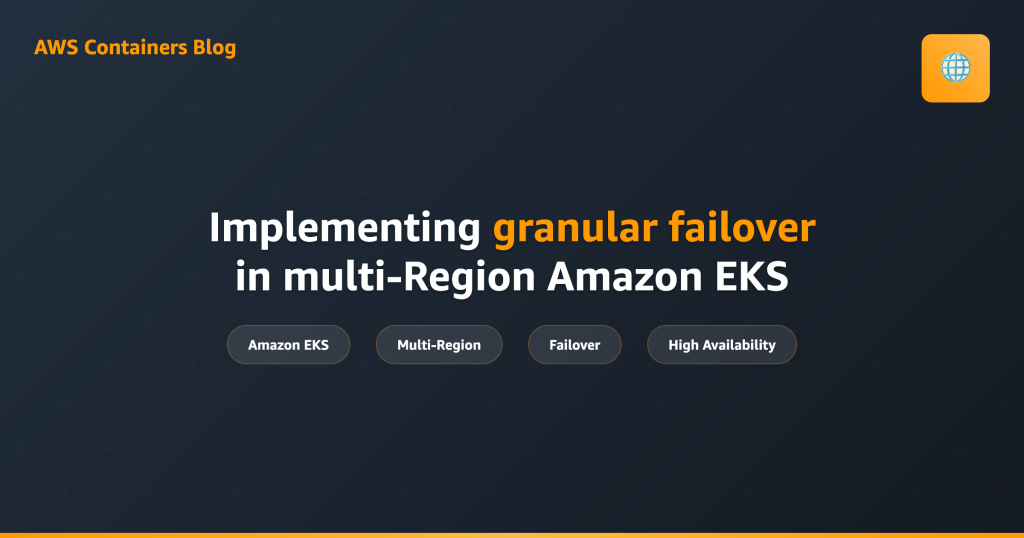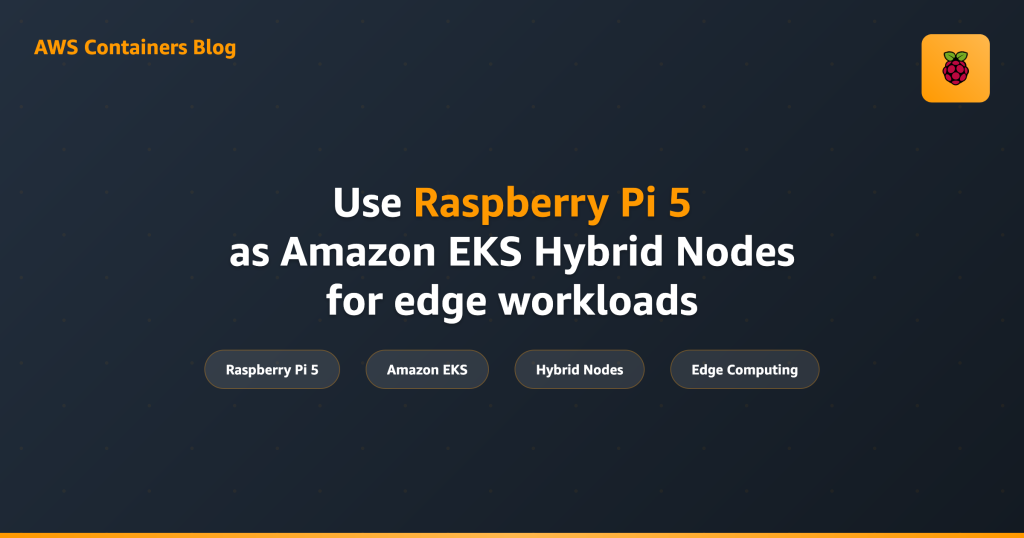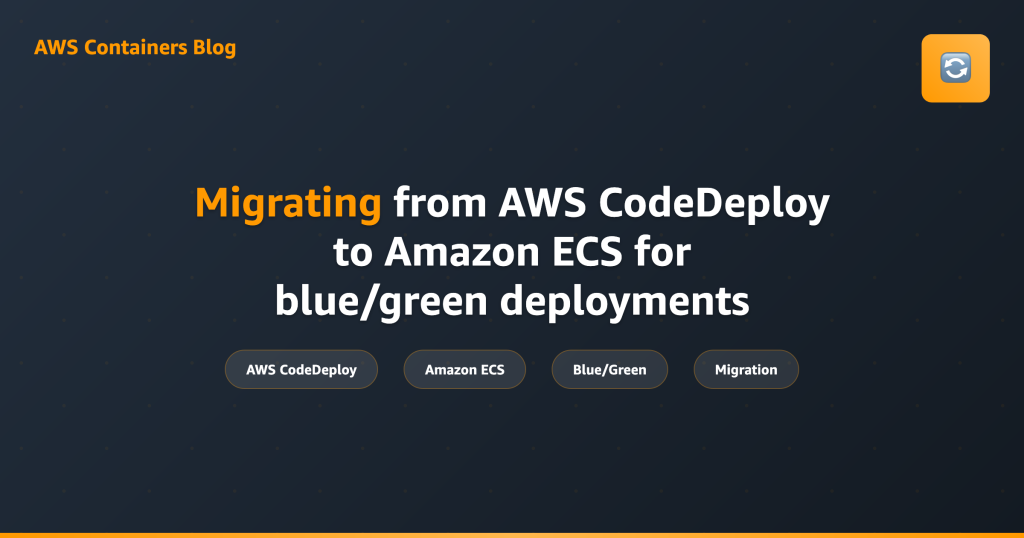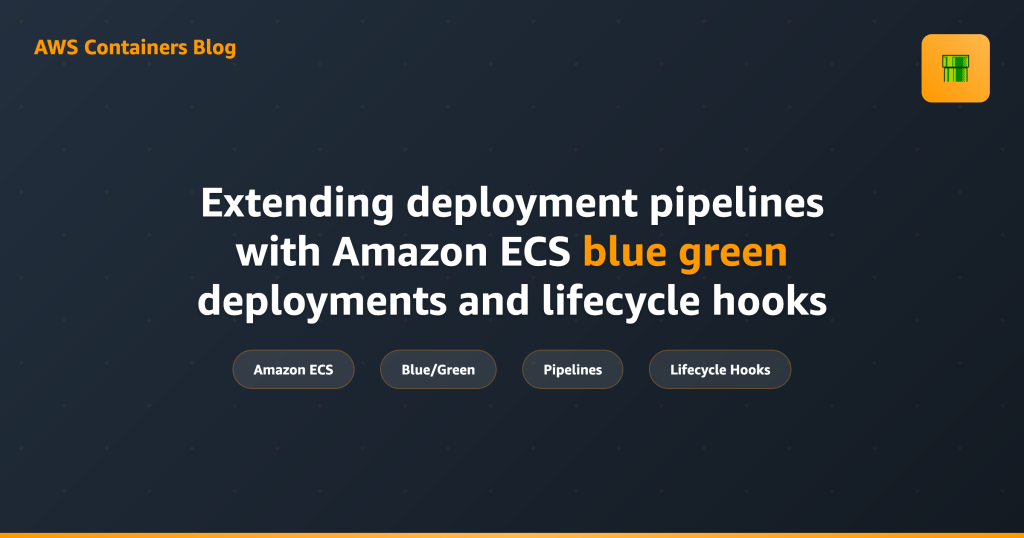Containers
Running Slurm on Amazon EKS with Slinky
In this post, we introduce the Slinky Project and explore how it enables organizations to run Slurm workload management within Amazon EKS, combining the deterministic scheduling capabilities of Slurm with Kubernetes’ dynamic resource allocation for efficient hybrid workload management. This unified approach allows teams to maximize resource utilization across both batch processing jobs and cloud-native applications without maintaining separate infrastructure silos.
How to manage EKS Pod Identities at scale using Argo CD and AWS ACK
In this post, we explore how to manage EKS Pod Identity associations at scale using Argo CD and AWS Controllers for Kubernetes (ACK), addressing the critical challenge of the eventually consistent EKS Pod Identity API. The guide demonstrates automation techniques to ensure proper IAM role associations before application deployment, maintaining GitOps workflows while preventing permission-related failures.
SaaS deployment architectures with Amazon EKS
In this post, we explore patterns and practices for building and operating distributed Amazon Elastic Kubernetes Service (Amazon EKS)-based applications effectively. We examine three deployment models – SaaS Provider Hosted, Remote Application Plane, and Hybrid Nodes – each offering distinct advantages for specific use cases as companies scale their software as a service (SaaS) offerings.
Migrate Amazon ECS workloads from AWS App Mesh to Amazon VPC Lattice
In this post, we guide you through the process of migrating from AWS App Mesh to Amazon VPC Lattice, highlighting key considerations and benefits that this transition offers for your cloud infrastructure. We demonstrate how to migrate an IT Inventory Management System application from AWS App Mesh to VPC Lattice using Amazon ECS, with detailed steps for creating VPC Lattice resources, updating task definitions, and implementing blue/green deployment strategies.
Amazon ECS announces IPv6-only support
In this post, Amazon ECS announces support for IPv6-only workloads, allowing users to run containerized applications in IPv6-only environments without IPv4 dependencies while maintaining compatibility with existing applications and AWS services. The new capability helps organizations address IPv4 address exhaustion challenges, streamline network architecture, improve security posture, and meet compliance requirements for IPv6 adoption.
Implementing granular failover in multi-Region Amazon EKS
In this post, we demonstrate how to configure Amazon Route 53 to enable unique failover behavior for each application within multi-tenant Amazon EKS environments across AWS Regions. This solution allows organizations to maintain the cost benefits of shared infrastructure while meeting diverse availability requirements by implementing application-specific health checks that provide granular control over failover scenarios.
Use Raspberry Pi 5 as Amazon EKS Hybrid Nodes for edge workloads
In this post, we demonstrate how to use a Raspberry Pi 5 as an Amazon EKS hybrid node to process edge workloads while maintaining cloud connectivity. We show how to set up an EKS cluster that connects cloud and edge infrastructure, secure connectivity using WireGuard VPN, enable container networking with Cilium, and implement a real-world IoT application using an ultrasonic sensor that demonstrates edge-cloud integration.
Migrating from AWS CodeDeploy to Amazon ECS for blue/green deployments
In this post, we explore the migration path from AWS CodeDeploy to Amazon ECS for blue/green deployments, discussing key architectural differences and implementation considerations. We examine three different migration approaches – in-place update, new service with existing load balancer, and new service with new load balancer – along with their respective trade-offs in terms of complexity, risk, downtime, and cost.
Extending deployment pipelines with Amazon ECS blue green deployments and lifecycle hooks
In this post, we explore how Amazon ECS’s native support for blue/green deployments can be extended using lifecycle hooks to integrate test suites, manual approvals, and metrics into deployment pipelines.
Kubernetes right-sizing with metrics-driven GitOps automation
In this post, we introduce an automated, GitOps-driven approach to resource optimization in Amazon EKS using AWS services such as Amazon Managed Service for Prometheus and Amazon Bedrock. The solution helps optimize Kubernetes resource allocation through metrics-driven analysis, pattern-aware optimization strategies, and automated pull request generation while maintaining GitOps principles of collaboration, version control, and auditability.
